02 Dec Health-related criterion-referenced cut-points for musculoskeletal fitness among youth
Thank you to Dr. Brooklyn Fraser (University of Tasmania) for providing this post. In her post, Brooklyn describes her paper titled “Health‑Related Criterion‑Referenced Cut‑Points for Musculoskeletal Fitness Among Youth: A Systematic Review” that was recently published in Sports Medicine. More about the author can be found at the bottom of this post.
Fraser, B.J., Rollo, S., Sampson, M. et al. Health-Related Criterion-Referenced Cut-Points for Musculoskeletal Fitness Among Youth: A Systematic Review. Sports Med 51, 2629–2646 (2021). https://doi.org/10.1007/s40279-021-01524-8
Background
Musculoskeletal fitness has often been an overlooked health-related component of physical fitness, especially in youth1. That is, until now. After an emergence of research highlighting the short2, 3 and long-term4 health benefits associated with greater musculoskeletal fitness in youth, coupled with musculoskeletal fitness tests being easy to administer, cost effective, and scalable5, experts have endorsed musculoskeletal fitness as a population health indicator that could be used as part of national health surveillance systems5, 6. However, unlike other common public health measures (e.g., BMI and blood pressure), there are currently no universally accepted cut-points for musculoskeletal fitness to help identify groups and/or individuals at risk of poor health. Therefore, as a priority, health-related criterion-referenced cut-points for musculoskeletal fitness among youth need to be identified before surveillance systems that include musculoskeletal fitness tests can be appropriately interpreted and adopted into regular public health practice.
What did we do?
We performed a systematic review to identify all studies that have established health-related criterion-referenced cut-points for musculoskeletal fitness among youth. Eligible studies were those that included (1) youth aged 5–17 years from the general population, (2) at least one quantitative assessment of musculoskeletal fitness, (3) at least one quantitative assessment of health, (4) a criterion for health, and (5) a quantitative analysis of at least one health-related cut-point for musculoskeletal fitness. Once the studies were identified, a narrative synthesis was used to describe the results with a particular focus on area under the curve (AUC) values – a summary statistic that represents the discriminatory ability of the different musculoskeletal fitness test cut-points.
What did we find?
In total, we identified 13 studies that examined health-related criterion-referenced cut-points for musculoskeletal fitness among youth. These studies represented 14,476 youth from 15 countries (12 high-income, 3 upper-middle-income) and included cut-points for measures of muscular strength, muscular power, muscular endurance, and flexibility linked to a range of different health outcomes including cardiometabolic risk/metabolic syndrome, bone health, cognition/academic performance, musculoskeletal pain, sarcopenic obesity risk, and asthma.
The results of our review highlight handgrip strength (a measure of muscular strength) and the standing broad jump (a measure of muscular power) as the two musculoskeletal fitness tests with the highest discriminatory ability. The cut-points for musculoskeletal fitness that demonstrated significant discriminatory ability were generally higher for boys than for girls and generally increased with age. However, when synthesising these data, it became apparent how heterogeneous the findings were owing to between-study methodological differences and variation in the discriminatory ability of different musculoskeletal fitness tests. As such, a universal health-related criterion-referenced cut-point for musculoskeletal fitness among youth was unable to be supported.
What do our findings mean?
The key takeaway message from our review is that data remain insufficient to establish universal health-related musculoskeletal fitness cut-points among youth, generally or by age and/or sex. The small number of studies identified in this study, all published over the past six years, highlight this research question as an emerging priority area but one that requires ongoing attention. Additional research is required to increase current understanding and move towards identifying robust universal health-related cut-points. To help establish these universal musculoskeletal fitness cut-points, more data from broad populations of youth from around the world is required, with a concentrated effort to minimize between-study methodological differences. Establishing standardised musculoskeletal fitness test protocols and health-risk definitions is required, with the need for researchers to consider differences by sex, age, growth, and maturation when quantifying health-related cut-points moving forward.
Why is our paper of interest to the Active Healthy Kids Global Alliance (AHKGA) audience?
When reading through the physical fitness chapter of previous report cards presented by different countries within the AHKGA, a consistent research gap was apparent. There are ongoing calls to establish age- and sex-specific cut-points for healthy musculoskeletal fitness among youth to help provide a more accurate understanding of their musculoskeletal fitness levels. In their absence, the physical fitness levels of youth are being ranked against international normative data instead of health-related criterion-referenced cut-points. Although we were unable to support a health-related criterion-referenced musculoskeletal fitness cut-point for AHKGA to use as part of their grading rubric, our review is critically important in helping direct future efforts. Our review outlines recommendations that, if followed, will help strengthen our position to establish universal health-related criterion-referenced cut-points to assess musculoskeletal fitness levels in the future.
References:
- Faigenbaum AD, MacDonald JP, Stracciolini A, Rebullido TR. Making a Strong Case for Prioritizing Muscular Fitness in Youth Physical Activity Guidelines. Curr Sports Med Rep. 2020;19(12):530-6.
- Smith JJ, Eather N, Morgan PJ, Plotnikoff RC, Faigenbaum AD, Lubans DR. The health benefits of muscular fitness for children and adolescents: a systematic review and meta-analysis. Sports Med. 2014;44(9):1209-23.
- Ortega FB, Ruiz JR, Castillo MJ, Sjostrom M. Physical fitness in childhood and adolescence: a powerful marker of health. Int J Obes (Lond). 2008;32(1):1-11.
- Garcia-Hermoso A, Ramirez-Campillo R, Izquierdo M. Is muscular fitness associated with future health benefits in children and adolescents? A systematic review and meta-analysis of longitudinal studies. Sports Med. 2019;49(7):1079-109.
- Lang JJ, Smith JJ, Tomkinson GR. Global Surveillance of Cardiorespiratory and Musculoskeletal Fitness. The Routledge Handbook of Youth Physical Activity: Routledge; 2020. p. 47-68.
- Institute of Medicine (IOM). Fitness measures and health outcomes in youth. Washington, DC: National Academies Press; 2012.
Author biography:
 Dr Brooklyn Fraser is a Postdoctoral Research Fellow at the Menzies Institute for Medical Research, University of Tasmania. Brooklyn completed a Bachelor of Biotechnology and Medical Research with First Class Honours in 2015. In 2019, Brooklyn completed her PhD at the University of Tasmania. As part of her PhD, Brooklyn identified low muscular fitness in childhood as a risk factor for type 2 diabetes related outcomes in adulthood. Brooklyn is a strong advocate for using exercise as medicine and her research is centred around better understanding the current and future health and fitness of Australian children.
Dr Brooklyn Fraser is a Postdoctoral Research Fellow at the Menzies Institute for Medical Research, University of Tasmania. Brooklyn completed a Bachelor of Biotechnology and Medical Research with First Class Honours in 2015. In 2019, Brooklyn completed her PhD at the University of Tasmania. As part of her PhD, Brooklyn identified low muscular fitness in childhood as a risk factor for type 2 diabetes related outcomes in adulthood. Brooklyn is a strong advocate for using exercise as medicine and her research is centred around better understanding the current and future health and fitness of Australian children.


